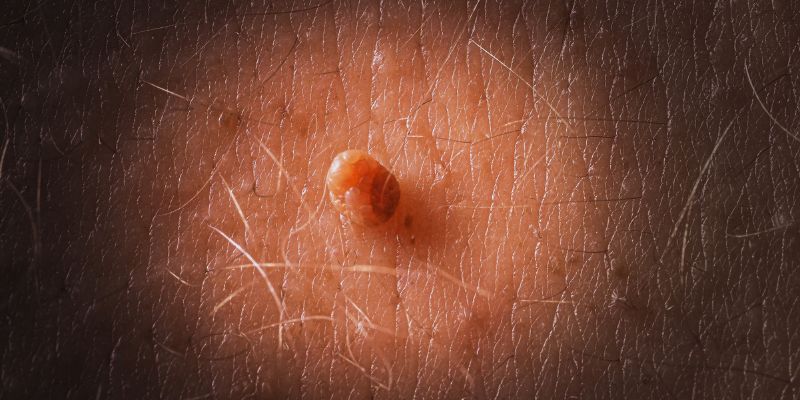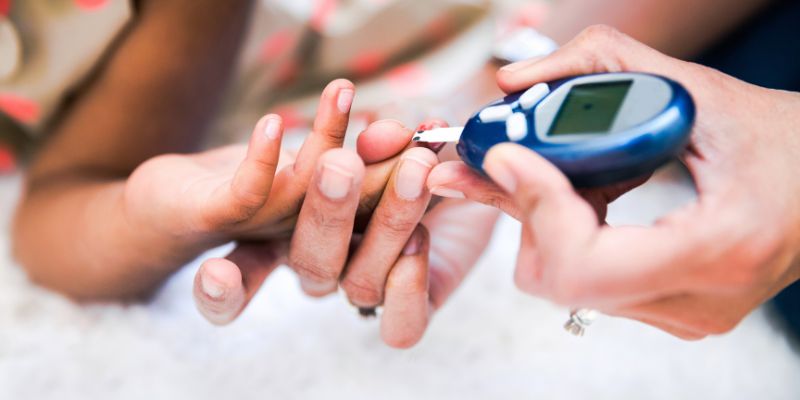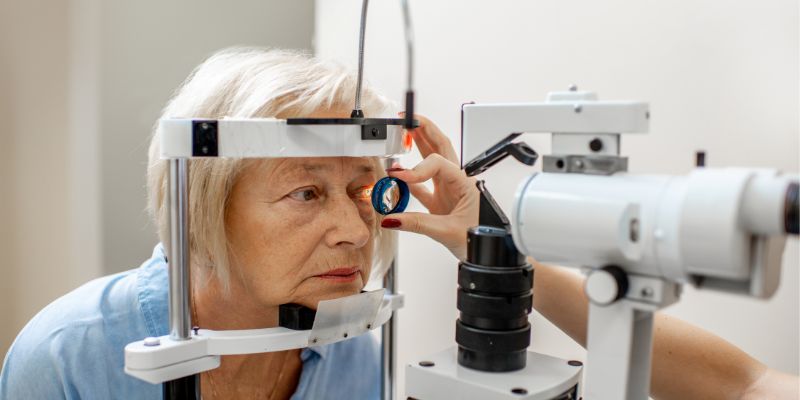What Is The Relationship Between Glaucoma And Diabetes: An Understanding
Glaucoma is a very common disease, and thousands of people are suffering from it all over the world. You must have heard people say that all of this is because of diabetes, but you must doubt whether that is true. Unfortunately, it is true, and one of the biggest reasons behind various eye problems like glaucoma is diabetes.
Now, you must be wondering how to prevent or deal with glaucoma when you have diabetes. To protect your vision, you should understand the relationship between glaucoma and diabetes. To get this understanding, continue reading. Today, we will discuss glaucoma, its different types, symptoms, treatment options, and, most importantly, its relation with diabetes. So, if you are ready, lets get into the details!
What is Glaucoma?
Glaucoma is a collection of various eye conditions in which the optic nerve gets damaged. Remember that this nerve is crucial for your vision. In most cases, the reason for optic nerve damage is high pressure in the eye. The extra pressure affects the optic nerve, which causes vision loss and, in some serious cases, may result in blindness.
The optic nerve sends visual information from the eye to the brain. When glaucoma damages this nerve, it disturbs your ability to see clearly. You know what is the worst part about glaucoma? It can develop without any symptoms. For the detection of glaucoma you should regularly go for eye checkups.
What Are The Different Types Of Glaucoma?
There are three types of glaucoma; learn about them both here:
- Open-Angle Glaucoma: It happens when the drainage canals in the eye become blocked. The blockage causes pressure in the eye. Open-angle glaucoma develops slowly and painlessly, which is why it is hard to notice this disease.
- Angle-Closure Glaucoma: This type of glaucoma occurs when the iris is too close to the eye's drainage angle. It causes a sudden blockage of fluid and a sudden rise in eye pressure. Angle-closure glaucoma is a medical emergency that needs instant treatment to avoid permanent vision loss.
- Normal-Tension Glaucoma: In this type, optic nerve damage occurs even when eye pressure is normal. A sensitive optic nerve causes glaucoma, which is not a common type.

What Is The Relationship Between Glaucoma And Diabetes?
Diabetes and glaucoma are linked very closely. Diabetes can increase the risk of developing glaucoma, which is one of the most common causes of eye diseases all over the world. If you have diabetes, it is very important to manage this condition to avoid any health problems like glaucoma. Thats because people with diabetes are at higher risk (two times) of developing glaucoma compared to those without diabetes.
High blood sugar levels can damage the blood vessels in your eyes. The damaged blood vessels can cause various eye problems, including glaucoma. Therefore, if you don't manage your blood sugar levels, you are more likely to get glaucoma. Neovascular glaucoma, for example, is a rare type of glaucoma and is associated with diabetes. When the retina's blood vessels get damaged, the retina manufactures new but abnormal blood vessels.
Neovascular glaucoma occurs when these new blood vessels grow on the iris (the color part of your eye). They cut off the fluid flow to the eye and raise eye pressure. Neovascular glaucoma is a difficult condition to treat, and one option in this regard is laser surgery, which removes the abnormal blood vessels from the iris and retina. Likewise, someone suffering from open-angle glaucoma has a higher risk of developing eye diseases.

What Are The Symptoms Of Glaucoma?
The symptoms vary depending on the type of glaucoma. But, in most cases, people do not notice any symptoms. Therefore, it is sometimes known as the silent thief of sight. But, the most common symptoms of glaucoma that someone can experience are mentioned below:
- Open-Angle Glaucoma Symptoms: People with this type of glaucoma will gradually lose their vision, usually in both eyes
- Angle-Closure Glaucoma Symptoms: Angle-closure glaucoma symptoms include intense eye pain, blurred vision, and vomiting. People with glaucoma also experience a sudden disturbance in vision.
- Normal-Tension Glaucoma Symptoms: A slow loss of vision and blurred vision are common symptoms that can lead to glaucoma after some time. These vision changes mostly occur slowly, so people miss them at first.
If you experience any of these symptoms, especially a sudden loss of vision or severe eye pain, you should see a doctor immediately.
How To Protect Your Eye Health If You Have Diabetes?
If you have diabetes, it is important to care for your eye health. Here are some steps you can take to protect your vision:
- Control Blood Sugar Levels: Managing your blood sugar levels can help you protect your eyes. By keeping track of your sugar level, you can reduce the risk of glaucoma.
- Regular Eye Checkups: Regular eye checkups are very important. You should visit an ophthalmologist twice a week to monitor your eye health. Early detection will help you manage glaucoma better.
- Monitor Blood Pressure: High blood pressure can increase the risk of eye diseases. You should keep your blood pressure within a healthy range.
- Avoid Smoking: Smoking will damage the blood vessels and increase the risk of diabetic problems like eye problems.
- Exercise Regularly: Regular exercise will help you control your blood sugar and blood pressure. It is important to control both of these to protect human eyes.
Treatment For Glaucoma Caused By Diabetes
The treatment options depend on the type and stage of glaucoma. Let's discuss some common treatments for glaucoma here:
- Eye Drops: Eye drops are the first treatment option to reduce eye pressure.
- Laser Treatment: Laser surgery is another option for treating glaucoma. It improves drainage or reduces fluid production.
- Surgery: For more advanced glaucoma treatment, you can undergo surgery. During surgery, doctors will create a new drainage path for the eye fluid to release the pressure in the eye.
- Managing Blood Sugar Levels: For diabetic patients, controlling blood sugar levels is important to treatment.
When To See A Doctor?
If you have diabetes, it's important to regularly see a doctor to detect the signs of glaucoma and other eye problems. You should contact a doctor immediately if you experience any of the following symptoms:
- Sudden loss of vision
- Severe eye pain
- Blurred vision
- Eye redness or discomfort
Conclusion:
Glaucoma is a serious eye condition that can cause vision loss or blindness. It is closely linked with diabetes, and the risk of developing glaucoma is higher in people with diabetes. If you are living with diabetes, you should protect your vision. For that, you should control your sugar level. By proper management, you can protect your eyes and preserve your vision. Likewise, if you are suffering from glaucoma, it can also lead to diabetes. Therefore, you should also take precautionary measures to live a healthy life!












